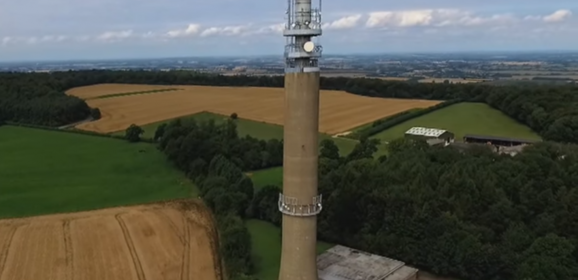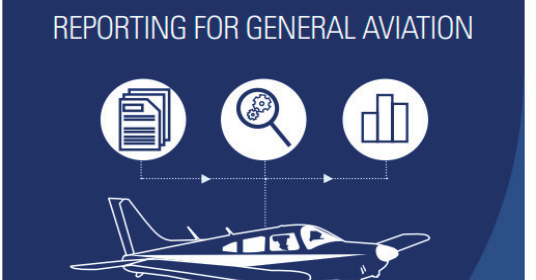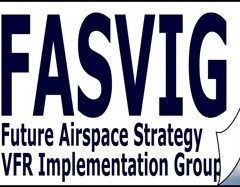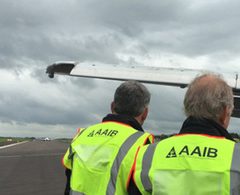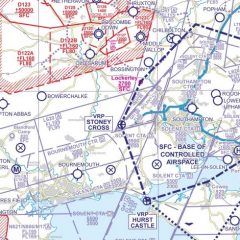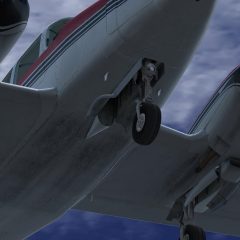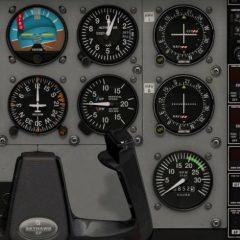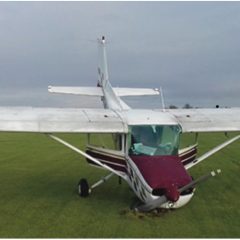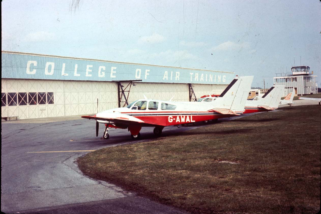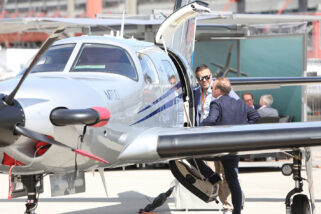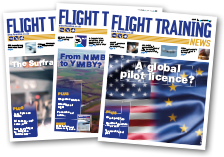FASVIG Gets Funding to Continue Airspace Work
Following its unsuccessful bid for continuation funding from the FAS Investment Board in November 2017, the Future Airspace Strategy VFR Implementation Group (FASVIG) has now received a reprieve after its funding bid for 21 month’s work was submitted and accepted. The FASVIG team presented the outline plan for this new programme of work to stakeholders on 21 March. In addition to increased GA communications and engagement, the FASVIG...
UK Air Accident Investigation Regulations Updated
UK Law governing the investigation of aviation-accidents is being updated with new regulation coming into force on the 9th April. Notable points include: • The Air Accidents Investigation Branch (“the AAIB”) (part of the Department for Tranport) continues to be designated as the safety investigation authority for the United Kingdom. • The sole objective of a safety investigation is the prevention of accidents and incidents, without...
Transponder Phraseology?
Report Text: I called ATC asking for a Basic Service. I was given the QNH which I entered into my altimeter; Sky Demon and GPS confirmed the same altitude – 2400ft. After approximately 4 minutes I was called by ATC warning me that I was about to enter their controlled airspace at 2600ft! (controlled airspace minimum 2500ft.) I informed them that my instruments confirmed that my altitude was 2400ft. ATC asked to change to Mode...
Busy Flight, Distractions, Minus Landing Checks
After flying to another airfield, where the pilot flying had just revalidated an instrument rating, the pilot and examiner returned towards the base airfield for the pilot to complete a multi-engine proficiency check. The check concluded at the base where a number of circuits were to be flown. Downwind on the final circuit, the aircraft was configured for a simulated asymmetric approach and landing, with intermediate flaps selected...
Left-hand & Right-hand Seat Differences
A qualified pilot was receiving instruction on flying from the right seat in a single engine Cessna aircraft. The first approach to land resulted in a go-around because aircraft was too high and slow. During the latter part of the second circuit, the airspeed fluctuated and the instructor prompted the pilot several times when the instructor saw the speed reducing towards the targeted minimum. At 20-30 feet and with a low power...
Short-field landing instruction led to nosewheel collapse
The student pilot was being taught short field landing techniques, using flaps set to 30° but, during the first approach to the grass runway, a high rate of descent developed shortly before touchdown so the instructor took control and went around. Following an in flight re-brief, the student’s second approach was better until approximately 30ft agl when idle power was selected, with the result that the nose pitched down and the...


